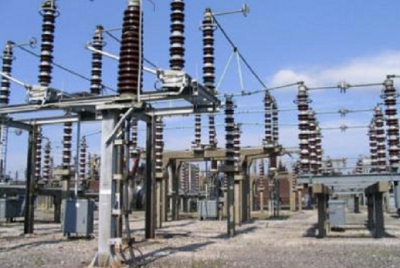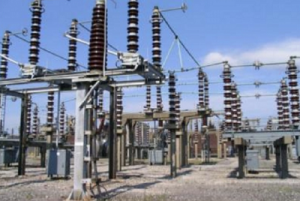The International Energy Agency (IEA) expects global electricity demand to rebound strongly this year and next.
Electricity demand decreased by about 1% in 2020, but is expected to grow by 5% this year and by 4% in 2022, a new IEA report shows.
The majority of these increases will take place in the Asia Pacific region, while more than half of global growth in 2022 will occur in China – the world’s largest electricity consumer.
India, the third-largest consumer, will account for 9% of global growth.
The report also finds that renewable electricity generation continues to grow strongly, but cannot keep up with growing demand.
After having expanded by 7% in 2020, the IEA forecasts that electricity generation from renewables is likely to increase by 8% this year and by more than 6% in 2022.
However, despite these rapid increases, renewables are expected to be able to serve only about half of the projected growth in global demand in 2021 and 2022.
In terms of nuclear power, the IEA forecasts that such generation will grow by about 1% this year and by 2% in 2022.
As for fossil fuel-based electricity, the agency suggests this will provide 45% of additional demand this year and 40% in 2022.
In particular, coal-fired electricity generation, which decreased by 4.6% in 2020, will increase by almost 5% this year, to exceed pre-Covid-19 pandemic levels.
It will grow by a further 3% in 2022 and could set an all-time high, the IEA suggests.
After having decreased by 2% in 2020, gas-fired generation is expected to increase by 1% this year and by close to 2% in 2022.
The IEA says gas growth lags behind coal as it plays a smaller role in the fast-growing Asia Pacific region and it faces increasing competition from renewables in the US and Europe.
CARBON CONTRIBUTION
As such, carbon dioxide (CO2) emissions from the electricity sector are set to increase this year and next.
In this regard, after falling by 1% in 2019 and by 3.5% in 2020, CO2 emissions from the electricity sector are forecast to increase by 3.5% this year and by 2.5% in 2022, which would take them to an all-time high.
Taking this into account, the IEA states that the decline in the emissions intensity of global electricity generation slows further, from more than 3% in 2020, to about 1% this year and in 2022.
The agency states that stronger policy actions are needed to reach climate change-related carbon reduction goals.
In this regard, the IEA points out that, according to its net‐zero emissions by 2050 scenario, nearly three-quarters of emissions reductions between 2020 and 2025 take place in the power sector, where emissions decline by 4.4% a year on average.
To achieve this decline, the agency says coal-fired electricity generation needs to fall by more than 6% a year, partially replaced by gas, which grows by about 5% a year.
Meanwhile, the IEA reports that wholesale electricity prices have recovered this year, indicated by its Wholesale Electricity Market Price Index, which tracks price movements in major advanced economies, showing that prices were 54% higher in the first half of this year compared with the same period in 2020. This is after average prices for the full year 2020 declined by 25% compared with 2019.
The reasons for these large swings are strong variations in fossil fuel prices caused by the Covid-19 crisis during 2020, as well as related changes in electricity demand.
Another influence of late on global electricity security of supply is extreme weather events, which affected multiple regions, with supply shortfalls in the first half of the year as a result of extreme cold, heat and drought.
To categorize outages, the IEA introduced a new Electricity Security Event Scale, which rates the severity of events based on the proportion of affected customers and the duration of the supply disruption.
The Texas power crisis of February, during which customers were without power for up to four days, was assigned the highest rating on this scale.
In relation to security of supply, the IEA reports that analysis of selected markets shows that the hourly changes in demand that have to be matched by flexible generation and consumption are increasing.
In addition, the agency notes that the gap between the maximum and minimum levels of flexible generation required each day is growing, making it increasingly important for electricity systems to become more flexible to complement generation from variable renewables like wind and solar photovoltaic systems.






